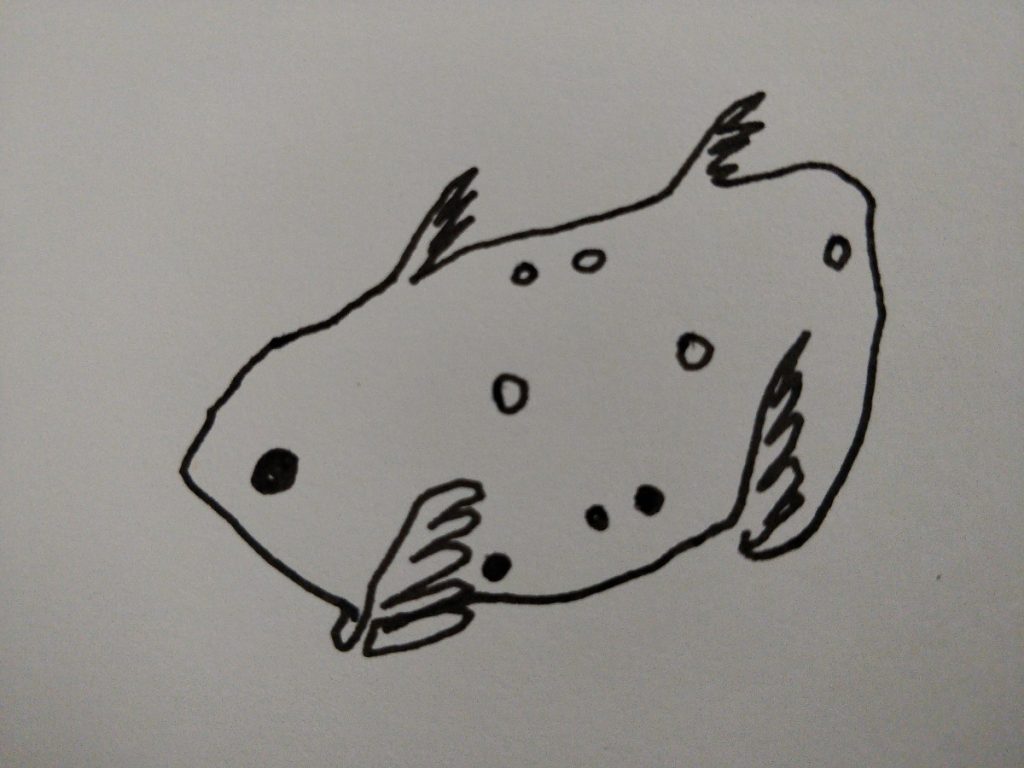From a note i took on day 9,
of how i awoke from complete absence.
Saying “I awoke” is not correct, as in this state there is no “I” –
you are not more yourself than you are slime, an egg, a pulsating bubble.
and awoke in the
primordial way –where your body knows nothing about
what it is,
leg, arm, womb,
just one pulsing aching mass of moans
uuhhmmm uuuhmmm uhhmmmmuntil you slowly slowly establish yourself,
then some surroundings,
then names, concepts,
The first sensation is one of pain.
There is no direction, no shape, no up or down or left or right.
The first hint of such coordinates is a feeling of pain dividing into two flanks,
alongside an elongated shape.
And then the breathing, the sound:
A moan, perhaps reminiscent of
hhmm
om
hum
I guess i make such a sound at this stage, but i can not tell –
this is still way before any awareness of a self, an “I”.
An elongated shape, in pain along its sides and where it rests, breathing,
yet still without limbs.
These form later, and become home to the pain,
and i can tell one from the other, label them,
and define an up and down.
Later, names would come.

Much later still, when i could think again, i was pointed at this.
Hundun (Chinese: 混沌; pinyin: Hùndùn; Wade–Giles: Hun-tun; lit.: ‘muddled confusion’) is both a “legendary faceless being” in Chinese mythology and the “primordial and central chaos” in Chinese cosmogony, comparable with the world egg.
“unintelligible; chaotic; messy; mentally dense; innocent as a child” –
“something confused and yet complete” (huncheng 混成) … which denotes the state prior to the formation of the world where nothing is perceptible, but which nevertheless contains a cosmic seed. Similarly, the state of hundun is likened to an egg; in this usage, the term alludes to a complete world round and closed in itself, which is a receptacle like a cavern (dong 洞) or a gourd (hu 壺 or hulu 壺盧). (Robinet, Isabelle (2007). “Hundun 混沌 Chaos; inchoate state”. In Pregadio, Fabrizio (ed.). The Encyclopedia of Taoism. Routledge. pp. 524.)
Heaven and earth were perfectly joined [tung-t’ung 洞同], all was chaotically unformed [hun-tun wei p’u 渾沌為樸]; and things were complete [ch’eng 成] yet not created. This is called [the time or condition] of the Great One. [t’ai-i 太一]. All came from this unity which gave to each thing its differences: the birds, fish, and beasts. (Girardot, Norman J. (1983). Myth and Meaning in Early Taoism: The Theme of Chaos (Hun-Tun). University of California Press.)

